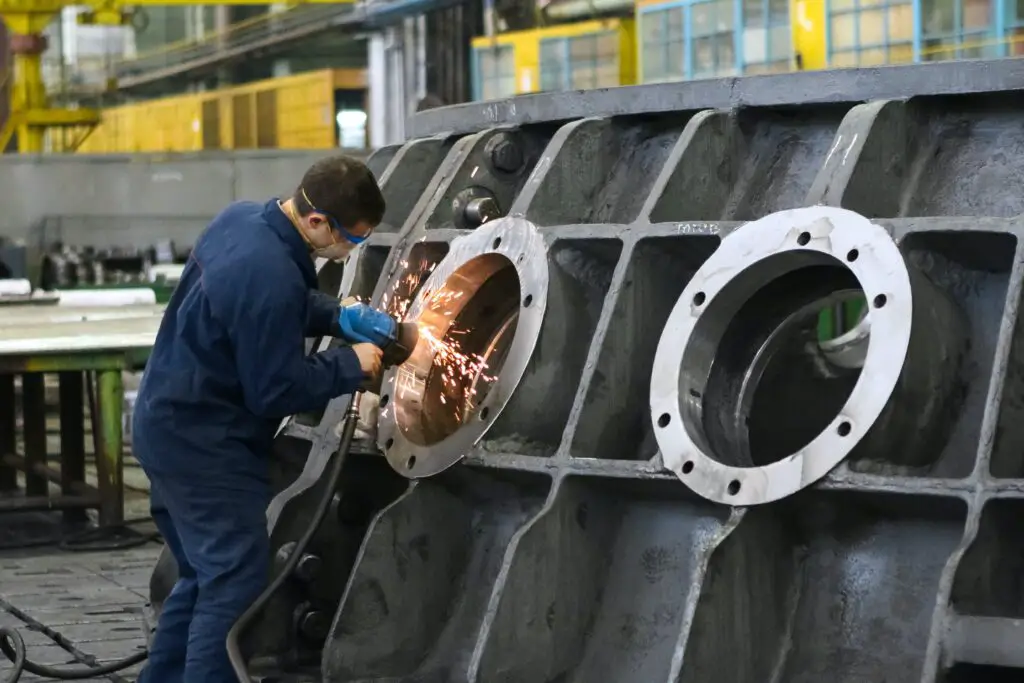Unveiling the Enigma:
Total Manufacturing Cost Variance
Delving into the Abyss: Understanding Manufacturing Cost Variance
In the realm of manufacturing, a complex dance of numbers and processes intertwines to form the foundation of production costs. Herein lies the enigmatic Total Manufacturing Cost Variance, a multifaceted entity that encapsulates a myriad of elements, defying simplicity yet offering profound insights into the intricacies of production economics. At its core, this variance represents the difference between the actual manufacturing costs incurred and the standard costs expected within a specific period. Understanding this enigma unravels the mysteries behind cost differentials, allowing companies to navigate the intricate web of expenses and efficiencies that define their manufacturing processes.

The Total Manufacturing Cost Variance is not a singular entity but a conglomeration of various factors, each playing a pivotal role in shaping the financial landscape of production. These components paint a nuanced picture, revealing the underlying dynamics that influence the overall cost structure within a manufacturing setup. The journey into this abyss of variance begins with a comprehension of its constituents, each holding a piece of the puzzle that is essential in deciphering the true essence of cost differentials.
Unmasking the Components:
Direct Material Cost Variance
At the forefront of the manufacturing cost landscape stands the Direct Material Cost Variance, a linchpin in the realm of expenses. This facet encapsulates the variance arising from the disparities between the actual cost of materials utilized in production and the standard cost anticipated for the given output. Factors such as fluctuations in raw material prices, discrepancies in material quality, or inefficiencies in usage contribute to this elemental variance. By dissecting this component, companies gain insights into procurement strategies, inventory management, and the overall utilization efficiency of materials within their manufacturing processes.
The Direct Material Cost Variance offers a canvas upon which the brushstrokes of efficiency and optimization paint a vivid picture. Analyzing this variance unveils opportunities for streamlining material sourcing, enhancing quality control measures, and optimizing the utilization of resources. It serves as a beacon guiding businesses toward informed decisions, fostering a landscape where meticulous attention to material intricacies leads to cost-effective production paradigms.
Deciphering the Complexity:
Direct Labor Cost Variance
In the tapestry of manufacturing costs, the thread of Direct Labor Cost Variance weaves a tale of human contribution and efficiency. This component delineates the difference between the actual cost incurred due to labor and the standard cost expected for a given level of production. Variances in labor wages, productivity levels, training effectiveness, or unexpected downtime compose the intricate fabric of this variance. Delving into this aspect unravels the human element embedded within the manufacturing process, shedding light on the efficiency of labor utilization and the impact of workforce dynamics on production costs.
The Direct Labor Cost Variance is not merely a numerical discrepancy but a narrative of workforce dynamics and operational intricacies. It serves as a compass guiding managerial decisions, prompting a closer examination of factors influencing labor productivity, skill enhancement initiatives, and the optimization of work processes. Through this exploration, businesses unearth opportunities to foster a work environment that nurtures productivity, skill development, and operational efficiency, thereby sculpting a cost-effective manufacturing landscape.
The Veil Lifted:
Overhead Cost Variance
Beyond the tangible realms of materials and labor, the ethereal veil of Overhead Cost Variance looms large, encapsulating the unseen but influential elements of production costs. This variance embodies the difference between the actual overhead costs incurred during production and the standard costs anticipated for the given level of output. Factors such as fluctuations in utilities, maintenance expenses, depreciation, or inefficiencies in resource allocation contribute to this intricate variance. Unraveling this veil sheds light on the nuanced elements that shape the overhead cost dynamics within manufacturing processes.
The Overhead Cost Variance serves as a gateway to optimize the ineffable aspects of production, delving into the realms of resource allocation, operational efficiency, and infrastructure utilization. By deciphering this variance, companies navigate the intricate labyrinth of overhead expenses, identifying avenues for cost optimization, process refinement, and resource allocation strategies that foster a leaner and more efficient manufacturing ecosystem.
Illuminating the Path Forward
The journey into the realms of Total Manufacturing Cost Variance is not a mere exploration of numbers; it’s an odyssey into the intricate interplay of materials, labor, overheads, and operational dynamics. Each facet, though distinct, intertwines to sculpt the financial landscape of production. Understanding these components not only empowers businesses to decipher cost differentials but also illuminates a path toward operational optimization, efficiency enhancement, and strategic decision-making that shapes a cost-effective manufacturing paradigm.
